Electric cars are on the up, and although Australia has been relatively slow in the uptake, 2023 could be the year they finally take off. There are a handful of reasons why Australia has not adopted electric vehicles in the same way as other countries, but all that could be about to change.
At least twenty new models are destined to hit Australian showrooms in 2023, with something to suit every buyer. From family models and SUVs to flashy EVs and affordable options, there is a growing market to satiate the appetites of everyone interested in electric cars.
The hype is set to increase rapidly, following the success of several products already such as the Tesla Model 3. So, what’s the outlook for affordable electric cars next year?
Why Haven’t Electric Cars Taken off in Australia?
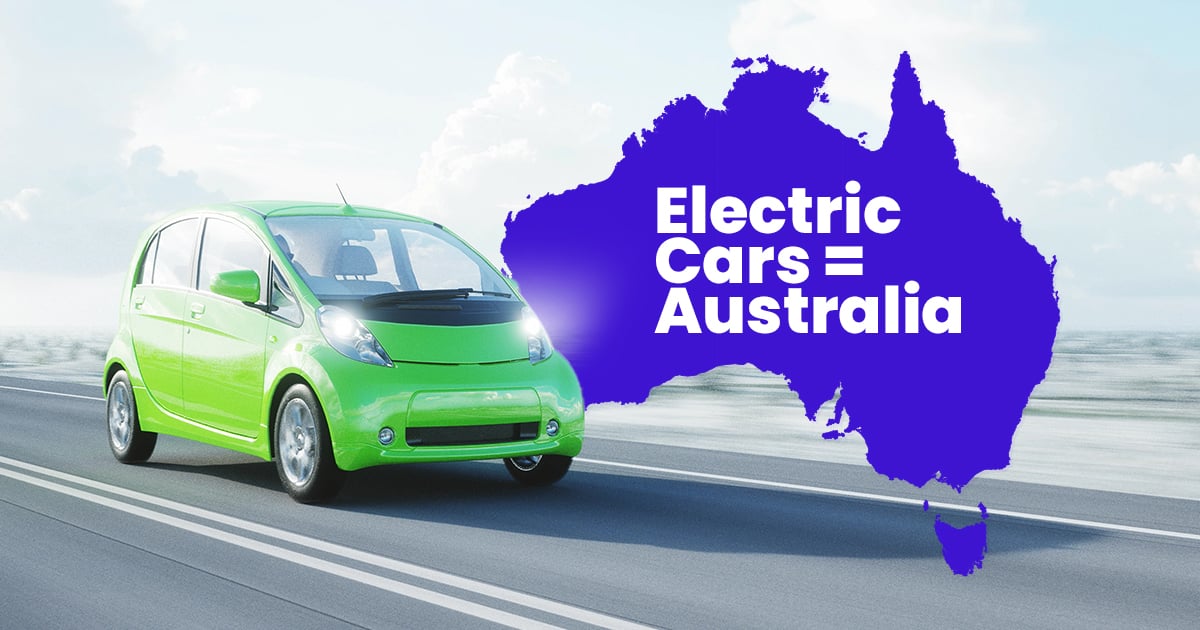
There are several reasons why fewer electric cars are on Australia’s streets than in other developed nations.
Firstly, Australia’s geographic location means it’s a little further out of the way compared to other parts of the world. When manufacturers in Asia and Europe are deciding where to send their vehicles, they favour nations with clearer plans for EVs in the future and incentives for consumers to buy them.
Australia, meanwhile, is lagging when it comes to electric car policies and phasing out gas guzzlers.
What’s more, the current crop of electric vehicles is not suitable for all lifestyles. While they can suit cities perfectly, electric cars are not the vehicle of choice for rural inhabitants. Many electric cars cannot go further than 500km on a full charge, which is inconvenient if you often go on long trips.
Even for those fully committed to city living, electric cars have not yet taken off. There is an over-reliance on petrol vehicles, particularly due to a lack of EV infrastructure, but also due to public perception. We see traditional cars as more powerful, more impressive, and overall more status-affirming.
However, the tides are quickly set to turn on electric cars, particularly as the government moves toward environmental policies.
Government Promises for Electric Cars
Countries around the world are embracing the electric revolution, with policies reflecting a desire to protect the environment. Australia, however, lags behind in the race toward electric power.
It appears, though, that this is not an issue of desire. In 2021, only 2% of vehicles sold were electric, despite half of all Australians seeking an electric car for their next purchase.
Until recently, Australia lacked the fuel efficiency standards adopted by other nations. Now, the beginnings of change are trickling in, with the government introducing a target to cut carbon emissions by 43% by 2030. Electric vehicles would be one way to do this.
Speaking at an electric vehicle summit in Canberra, Chris Bowen, the Minister for Climate Change and Energy, pointed out that Australia and Russia are the only OECD nations not to have fuel efficiency standards. As a result, electric car manufacturers are opting to send their vehicles elsewhere.
However, given that Australians seem keen to buy electric vehicles, something has to change. Fortunately, infrastructure seems to be on the up, with a 15% increase in Australia-wide charging stations in the past year.
This is not the only infrastructure necessary, though. Cars break, and with the limited uptake of EVs in Australia, parts are challenging and costly to source.
Despite the current challenges, electric vehicles are enjoying increasing popularity in Australia. Modern EVs are even comparable to petrol cars and hybrids.
Electric Cars vs. Hybrid Cars
There are many considerations when switching away from a classic petrol or diesel car. Hybrids combine a petrol or diesel engine with a limited range of pure electric travel. But even hybrids have options, ranging from self-charging to plug-in models. Plug-in options have a much further range of pure electric travel, stretching up to 80km.
Electric cars go one step further in that they rely entirely on a battery pack. The owner must charge the car by plugging it in, which leads to some distance limitations compared to traditional vehicles.
The major difference is this: you don’t charge a hybrid, you should charge a plug-in hybrid, and you must charge an electric car.
Hybrid Cars: Pros and Cons
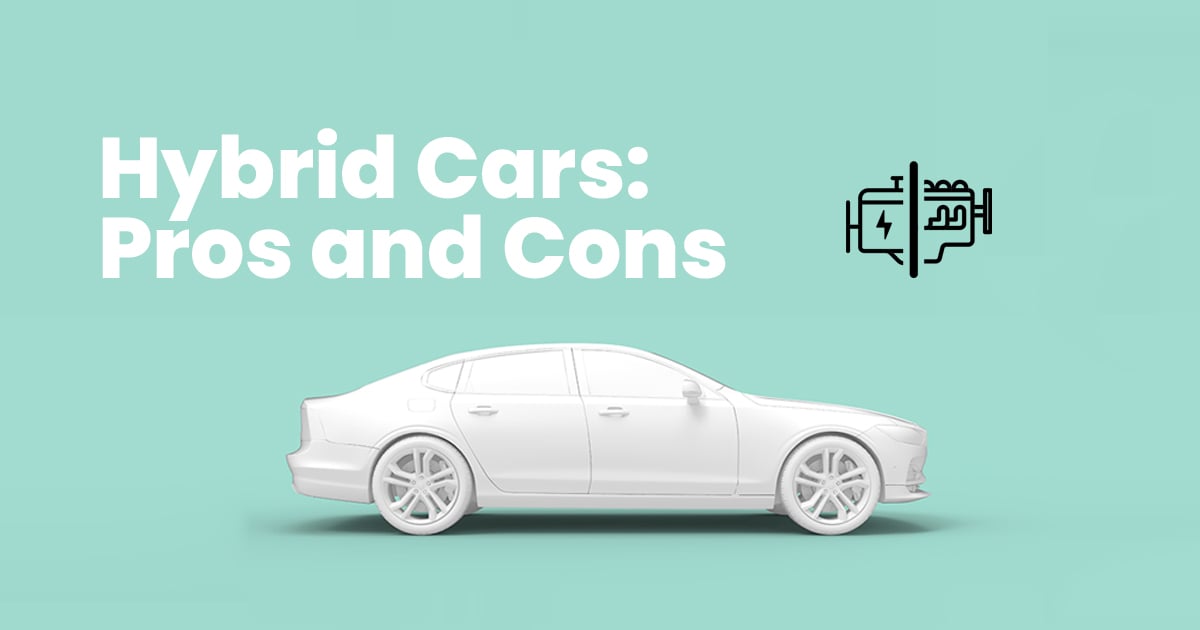
There are pros and cons for all the varieties. Hybrids are more familiar and convenient since you don’t have to think about charging the battery. Plus, they maintain some of the power of a traditional petrol engine and are more suited to towing.
Currently, plenty of hybrids are reasonably affordable, which makes them more accessible than some electric options.
The downside is that, due to the limited electric range, they are much less eco-friendly than pure electric varieties.
Plug-in Hybrids: Pros and Cons
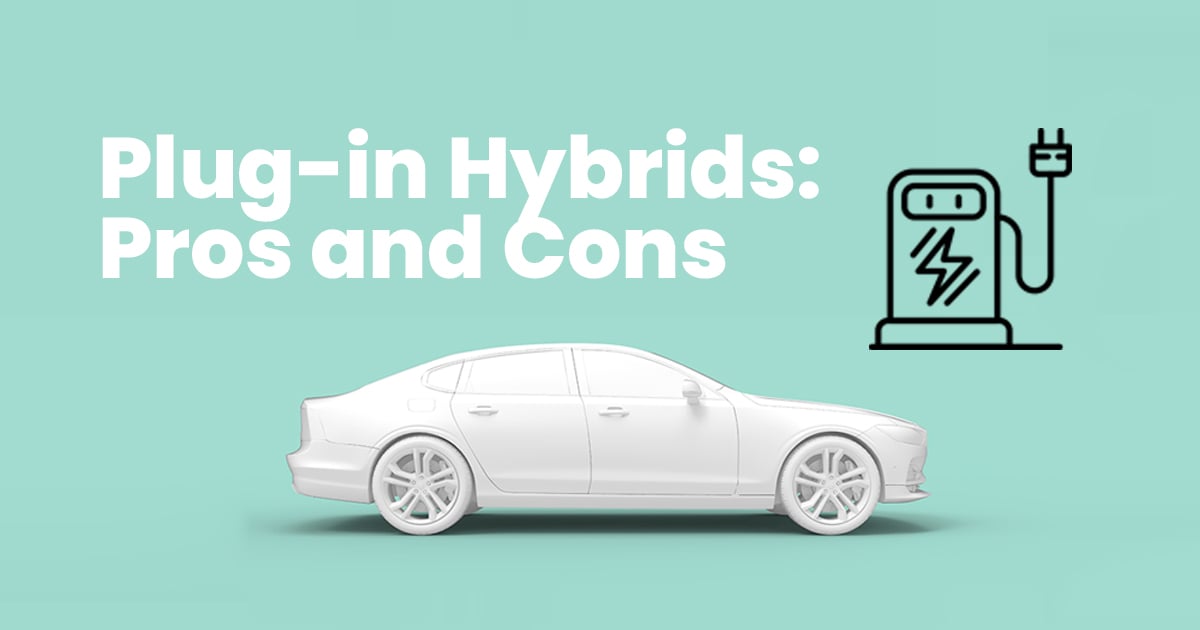
Plug-in hybrids have a longer electric range to get around this issue; they are much better suited to roaming around the city using fully electric power. Nevertheless, the backup engine can eliminate range anxiety for longer trips.
They are less familiar to those used to petrol engines, though. Users have to get into the habit of charging a plug-in hybrid, or it renders the battery obsolete; it’s a weighty object to carry around if you don’t plan on using it, which makes the car less economical. If you use the motorway a lot, plug-ins are not the best choice.
The added battery pack also makes plug-in hybrids less ideal for pitted roads and you may notice a difference in the car’s handling around corners.
Electric Cars: Pros and Cons
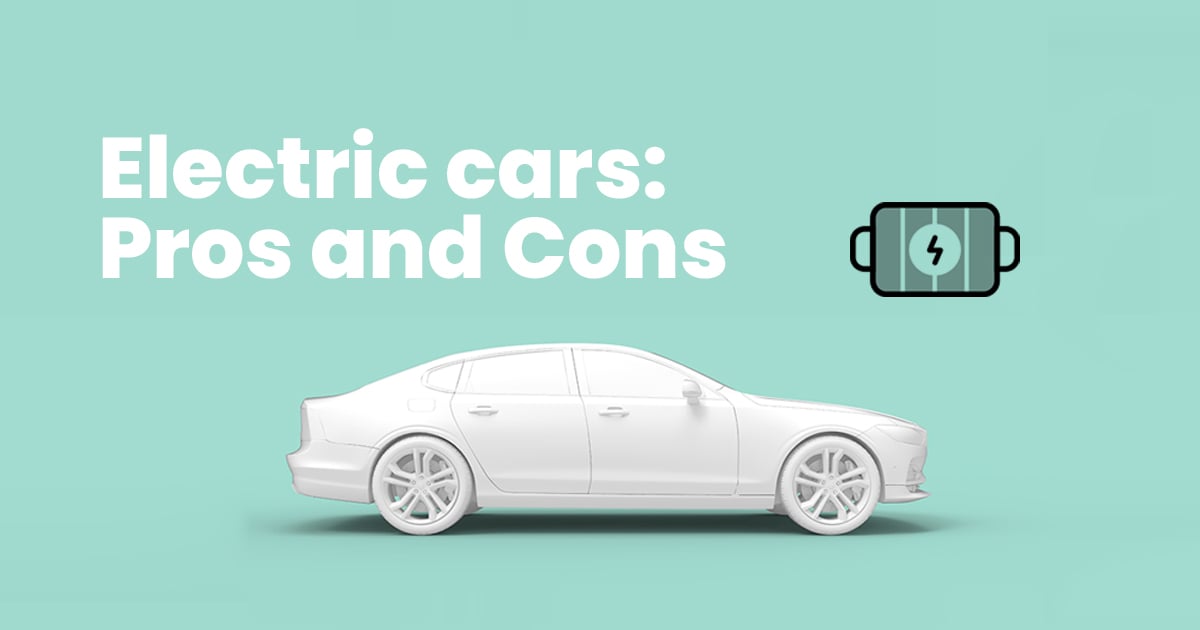
At some point in the future, the Australian government is likely to introduce new EV laws and incentives as the rest of the world slowly phases out petrol and diesel cars. Thus, it might be beneficial to get ahead of the curve and jump on the electric trend now.
Not only are there environmental incentives to use an electric car, but they also have personal benefits for the user. They tend to be cheaper to run, especially if you charge the battery at home. There are also fewer parts susceptible to wear and tear than in a traditional internal combustion engine, which means cheaper servicing costs.
Plenty of car lovers enjoy electric vehicles for their drivability, too. The instant torque means that they are responsive, and many modern models are exceptionally fast. That said, driving at high speed can wear down the battery life.
There are some downsides, though. Firstly, the range advertised may not be what you get out of every trip. Weather, topography, accessories, and driving style can all affect the range of an EV.
For now, there are also difficulties regarding charging. Installing a home charge point is simple, but sometimes you will need to charge the car while out and about. The public charging network is improving, but there is still much work to be done.
Myth Busting the World of Electric Vehicles
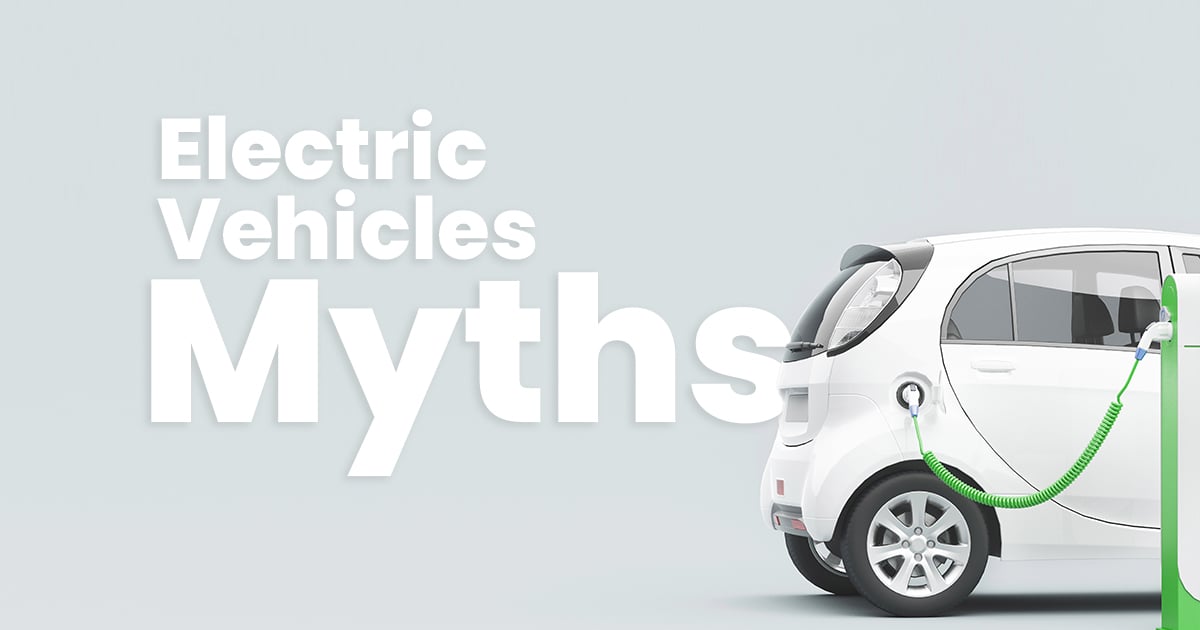
One reason for slow uptake is the mystery surrounding electric vehicles. With our heavy reliance on cars, it’s understandable to be anxious about switching to something new.
Although it seems that many Australians are keen to switch to electric vehicles, it’s worth reiterating some of the facts about these cars and busting the myths that surround them.
1. Driving Range
Plenty of people still think electric cars can’t travel very far. However, most electric cars can go 300 - 500km on a single charge. As mentioned above, this depends heavily on things like driving style, and it can also change depending on the weather and the roads you’re driving on.
For reference, the average vehicle in Australia travelled 33km per day in 2020. While this means EVs are suitable for most households, people don’t just buy for their average journey length - they buy cars with their longest journeys in mind.
However, thanks to improved charging points and infrastructure, longer road trips could soon not be a problem for electric vehicles.
2. Driving Speed
There is also a perception that electric vehicles are slower than petrol or diesel engines. However, Formula E racing is an example of how speedy electric cars can go. Formula 1’s eco-friendly cousin exhibits the speed of electric vehicles perfectly, while Extreme E shows that EVs are not only fast but also exceptionally tough.
An FE car has a top speed of 280km/h, faster than many sports cars. Plus, they can go from 0-62mph in 2.8 seconds.
Beyond motor racing, electric road cars have a similar pace to other cars. However, their instant torque means that they accelerate faster and may handle better.
3. Charging Time
It’s understandable to be concerned about charging time for electric vehicles, especially if you plan to hit the road for long trips. Charging time can vary drastically depending on the size of the battery, the speed of the charging point, and how much juice you need to add to your car.
On some trips, a 30-minute charging session could be enough to tide you over. That’s enough time to head into the service station for a restroom break, grab a coffee and some food, and then hit the road again. Some rapid-charging points installed at service stations can provide you with a full charge within this time.
Home chargers are a little slower. It takes around 5 hours to charge a 40kW battery as you would find in a Nissan LEAF, but a 78kW battery in a Polestar could take up to 10 hours. If you get home and plug your car in overnight, there should be nothing to worry about.
4. Charging Locations
Estimates suggest there are over 3000 charging points in Australia, including 470 supercharging ones. There is clearly no shortage of options for charging while out and about, and given the prospective uptake in EVs, it’s likely that more will be installed in the future.
Of course, not everywhere has an EV charging point. Most chargers are scattered throughout cities, but further inland, you are unlikely to encounter many places where you can charge your car.
If you are planning a long road trip, you might want to check a map and plan a route including charge points. For some occasions, an electric vehicle simply isn’t the right choice.
5. Price
Right now, electric cars are more expensive to buy upfront. The novelty of them, coupled with a lack of supply and high demand, is driving up the price.
However, they are cheaper to run than their petrol counterparts. For one, it costs approximately 3 cents per km to run an electric car, while petrol costs roughly 12 cents per kilometre. Secondly, with fewer parts subject to wear and tear, maintenance costs can be much lower.
It all depends on upfront payments. The current cheapest offering in Australia is the MG ZS EV, costing $44,990, while Tesla’s Model 3 remains the most popular EV at $65,600. While these are more expensive EVs, you can finance your car to increase affordability.
6. Environmental Impact
There are plenty of myths surrounding the environmental friendliness of electric cars. For example, anti-EV adversaries argue that manufacturing EVs consumes more energy than petrol cars, that the energy grid burns fuel so EVs are not eco-friendly, and that batteries will end up in landfill.
While some concerns are valid, plenty of these myths can easily be busted. Manufacturing an EV is actually more efficient than producing petrol cars, and the payback for manufacturing emissions is rapid. Just two years of driving an electric vehicle could pay back the emissions used to produce it.
Next, while burning fossil fuels produces some electricity, we are increasingly moving toward clean energy. In the future, electric vehicles will only get greener as our reliance on fossil fuels decreases.
Some people are also concerned about whether the grid will be able to cope with a rise in electric vehicles. Thankfully, the slow uptake means that the electricity grid has time to plan and handle the situation.
In other countries, smart chargers are designed to pause automatically during grid peaks when energy is most expensive, and government programs ensure that the electric load is balanced throughout the day. Essentially, there is nothing to worry about.
Finally, there are concerns about batteries. It’s true that the raw materials require mining, and that lack of regulation in many countries can be a scourge on the environment. However, almost the same lithium-ion batteries in electric cars are used in mobile phones, and most people are not ditching phones for environmental purposes.
Furthermore, most electric car batteries have a warranty of around eight years or 160,000km, and many batteries last longer than that.
Even when the battery life comes to an end, it won’t end up in a landfill. EV batteries can get a second life as an energy storage unit in homes and businesses, or they can be recycled.
Electric Cars in Australia: The Future
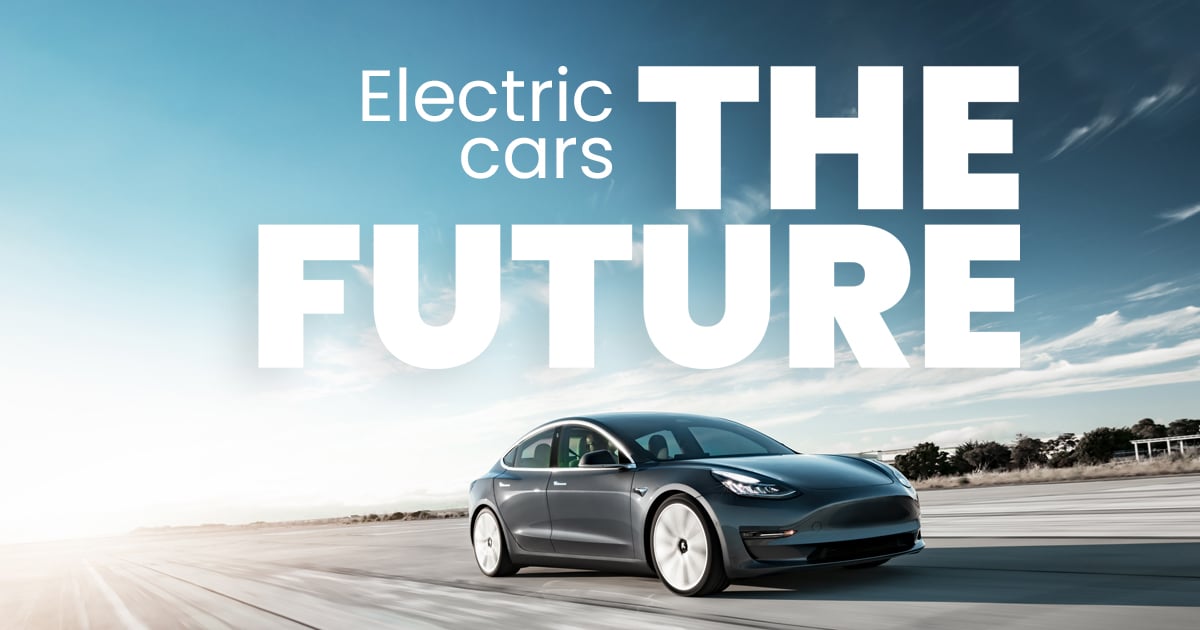
The outlook for electric cars in Australia is positive; the public wants EVs, and manufacturers are starting to ship more of their stock here. However, there are certainly some kinks that need ironing out.
As demand for electric vehicles increases in line with soaring petrol costs, it’s clear that Australians are keen to make the switch. Here are some things to look out for in the future of electric vehicles.
Long Waiting Lists
Right now, those eager to buy an electric car will be waiting a while. Waiting lists for EVs can stretch to over a year, particularly for popular cars like Tesla. In part, this is due to pandemic-related manufacturing delays, particularly in car production countries where COVID restrictions are still in place.
Another reason is the aforementioned lack of supply as manufacturers send their fleets to other nations with clearer plans for electric vehicles. Hopefully, the increasing cries for more electric cars will improve this situation sooner rather than later.
Calls for Better Infrastructure
Despite a steady increase in the number of charging ports, people are still slightly concerned about the range of electric vehicles. Slowly but surely, the infrastructure will improve as the uptake of EVs increases.
Electric car infrastructure does not look to be a problem in the future as more people turn to EVs. Certain parts of Australia remain underdeveloped on this front, though, and with no policies regarding EVs in place, it’s unclear how quickly this will be rectified.
Future Cost Reductions
Fortunately, things look set to change quickly. The newly elected Labor government seeks to introduce a bill exempting electric car users from fringe benefits tax (provided that the vehicle is below the luxury car threshold of $84,916). There may even be plans from the ACT to ban the sale of new petrol and diesel cars from 2035.
Similar to other countries, Australia could introduce further cost incentives to go electric. These could include tax reductions, free entry into possible low-emission zones, and more.
While these benefits have not come into effect yet, they could provide a huge advantage to those already driving electric cars when they do.
More Choice
The electric vehicle market has remained somewhat restricted in Australia, but things are changing. In 2023, at least twenty new vehicles will enter Australian showrooms, making it a better time than ever to jump on the hype and purchase an electric car.
New Electric Cars on the Australian Market
The current and incoming stock of electric cars means that there is something to suit absolutely every user. From cute and chic city cars to expensive and exotic sports models and even off-roaders, there is an EV for every lifestyle.
Here is your guide to some of the best electric cars in Australia right now.
Affordable EVs
The MG ZS EV has remained Australia’s most affordable electric car for a span of at least 18 months. At its launch, it cost $43,990 drive-away, but the price rose to $44,990 last year. This SUV model has a 439km range and a 72.6kWh battery. It’s an intelligent car with pedestrian and bicycle detection, Lane Keep Assist, and more, making it an ideal family model.
However, newer models like the GWM Ora Good Cat could be even cheaper. Based on overseas pricing in Thailand, the Good Cat could be 20% cheaper than the MG ZS; in the UK, though, it is more expensive. It remains to be seen how GWM will price the car in Australia. The BYD Atto 3 is also cheaper than the MG ZS, at roughly $44,990 in most states.
Electric Utes and SUVs
Utes are a popular option throughout Australia, and this is one area of the car market with fewer options in terms of electric models.
This is slowly changing, though, with LDV introducing the eT60. The China-produced all-electric ute, the first in Australia, arrived in November 2022. Notably, the car already sells in New Zealand, where it even qualifies for government rebates of A$7600.
The eT60 has an 88.5kWh battery with a driving range of up to 330km and a payload of 750kg. With no current official local pricing, the eT60 could sell for $70,500 drive-away based on estimates of New Zealand pricing. This price is about 60% more than the brand’s flagship T60 Bi-Turbo diesel.
Mitsubishi, GWM, and other manufacturers are developing all-electric utes, but for now, this area is developing rather slowly. That said, the Ford E-Transit is currently offering the brand’s first all-electric van.
In terms of SUVs, buyers can choose between several options including the BYD Atto 3. The model is the first mass-produced car sold by Build Your Dreams (one of China’s biggest EV manufacturers) in Australia. There have already been over 4000 orders for the Atto 3. Currently, its starting price is $44,381 plus on-road costs.
The Mercedes-Benz EQE SUV is another option, with up to 617km all-electric range. The car is both stylish and spacious, suitable for families, and it seeks to upgrade on the EQS with exceptional comfort and smooth driving. As a practical and chic option, it will likely be popular, but no official price is listed yet.
Stylish City EVs
Consumers are spoilt for choice when it comes to compact, sleek, or stylish cars for zipping around the inner city. From the Fiat 500e to the Tesla Model 3, there is something for everyone.
The Fiat 500e, GWM Ora Good Cat, and the MG4 are all compact cars and have a lower price tag to reflect their size. They are better options in terms of affordability.
Drivers seeking the ultimate style could also opt for the BMW iX1, the Lexus RZ, or the new Porsche Macan. These are all larger, SUV-style options, but they certainly look good.
Tesla’s are a common classic, with Model 3 and Model Y both proving popular in the Australian market. They combine a chic style with elevated technology, but you should expect a long waitlist for these vehicles.
Hatchback EVs
Build Your Dreams is also offering a small hatchback in the form of the four-meter-long Dolphin, also called the Atto 2. This hatchback is set to cost $37,000 plus on-road costs, making it an affordable family car with plenty of space to go around. It travels 400km based on the tests, but Chinese testing procedures are notably lenient.
The Cupra Born is also on track to launch next year, but this is definitely a pricier option that will probably go beyond $55,000 plus on-road costs. Supposedly, the Born can travel 552km with 0-100kph in 6.6 seconds. It’s a powerful car that doesn’t compromise on style and space.
Off-road EVs
For off-roaders, options include the Kia EV9 and Rivian R1S. These models are not yet available in Australia; Rivian has disclosed an interest in selling here following successful launches in larger markets such as the US, whereas Kia’s model has not yet launched anywhere.
The Kia EV9 is particularly exciting as it offers a pop-up steering wheel and a panoramic sunroof with built-in solar panels in the bonnet. It’s a signal of what’s coming in the EV market, and if sales in Australia go well, then consumers will become inundated with options.
Final Thoughts
Electric cars will saturate the Australian market sooner rather than later, with crying demands for EVs and better policies regarding electric vehicles. Already, a number of new cars are set to enter the country in 2023, giving consumers more choices than ever and potentially working to alleviate long waiting lists.
There are pros and cons to going electric, but for many drivers, the benefits outweigh the costs. After all, the biggest disadvantage of electric vehicles is the upfront cost, which is an issue that can be solved.
Start with AusLoans to find the best car loans in Australia without affecting your credit score and begin your love affair with electric cars today.
-1.png?width=250&height=84&name=MicrosoftTeams-image%20(29)-1.png)






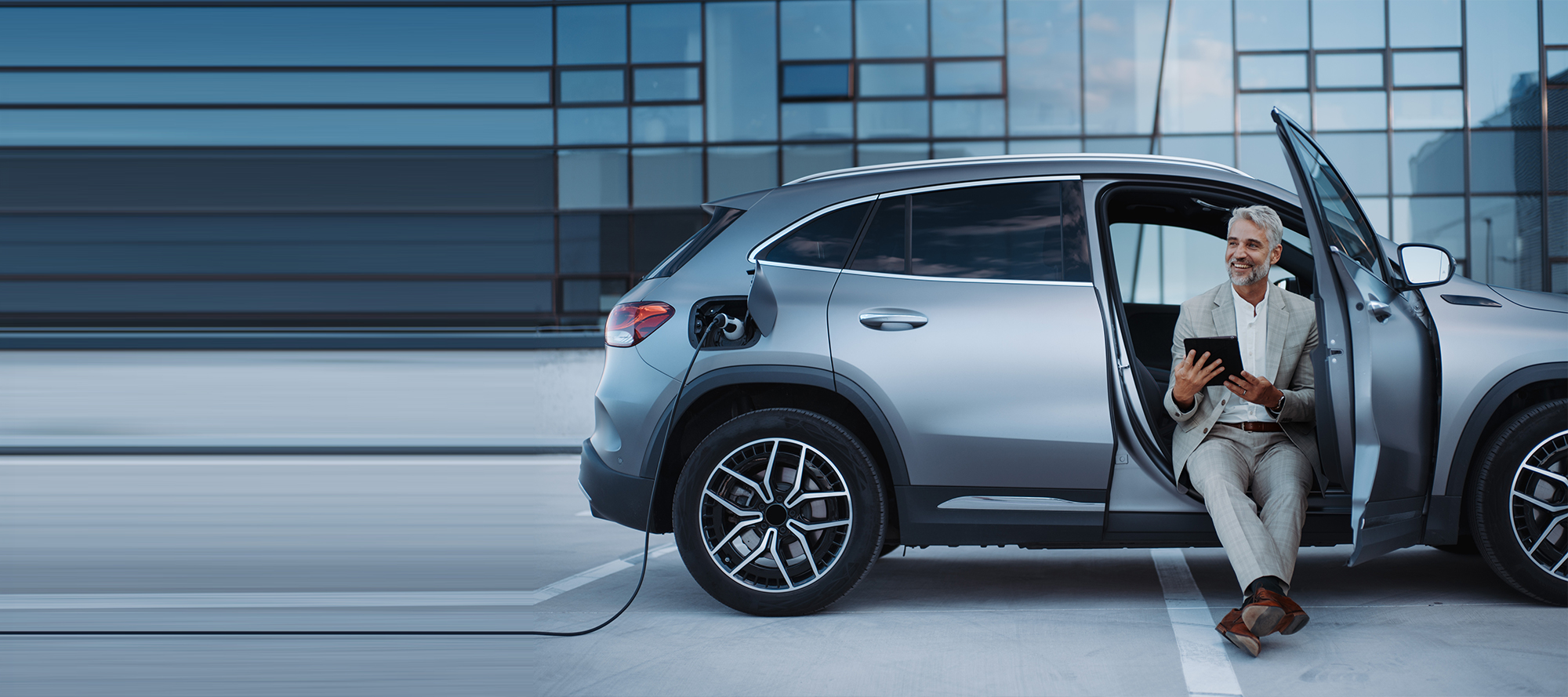
/staff%20profile%20photos/Chris.jpg)









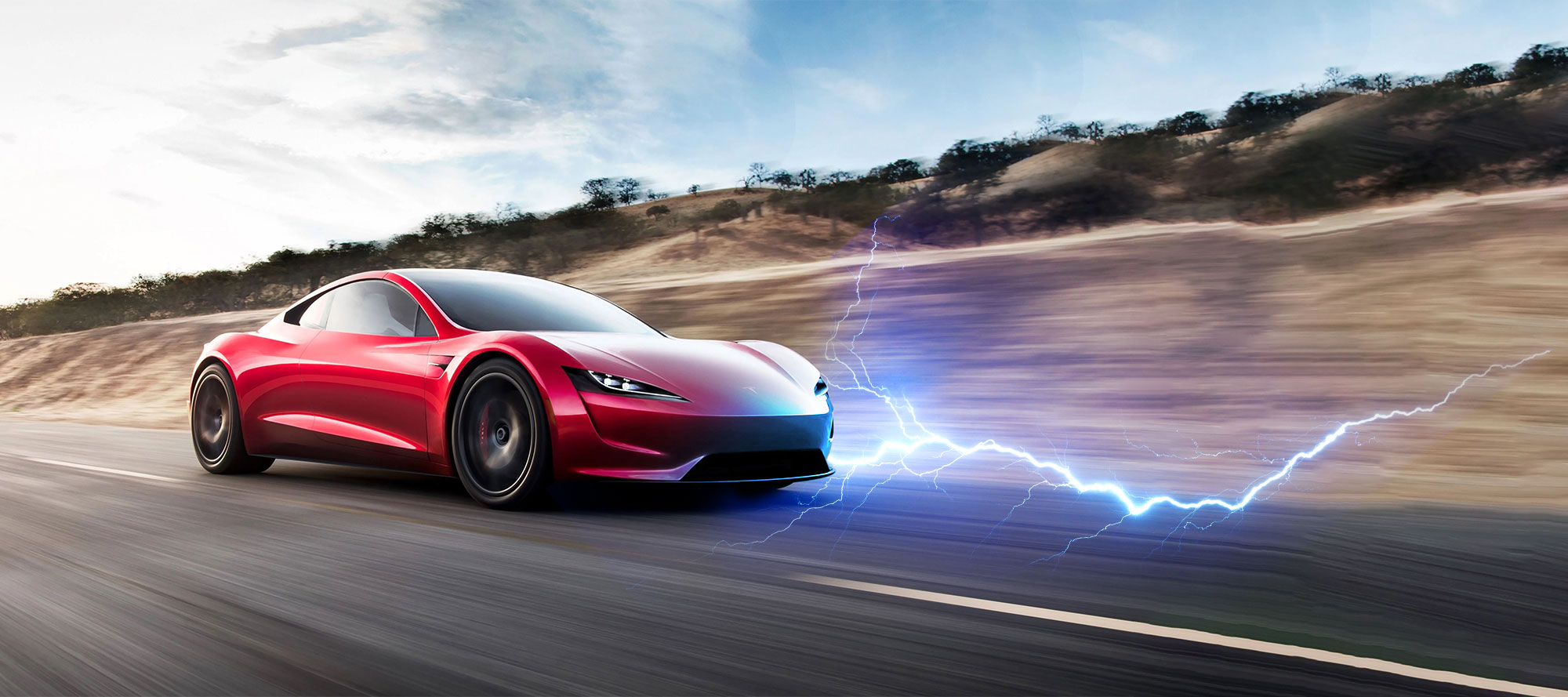

No Comments Yet
Let us know what you think